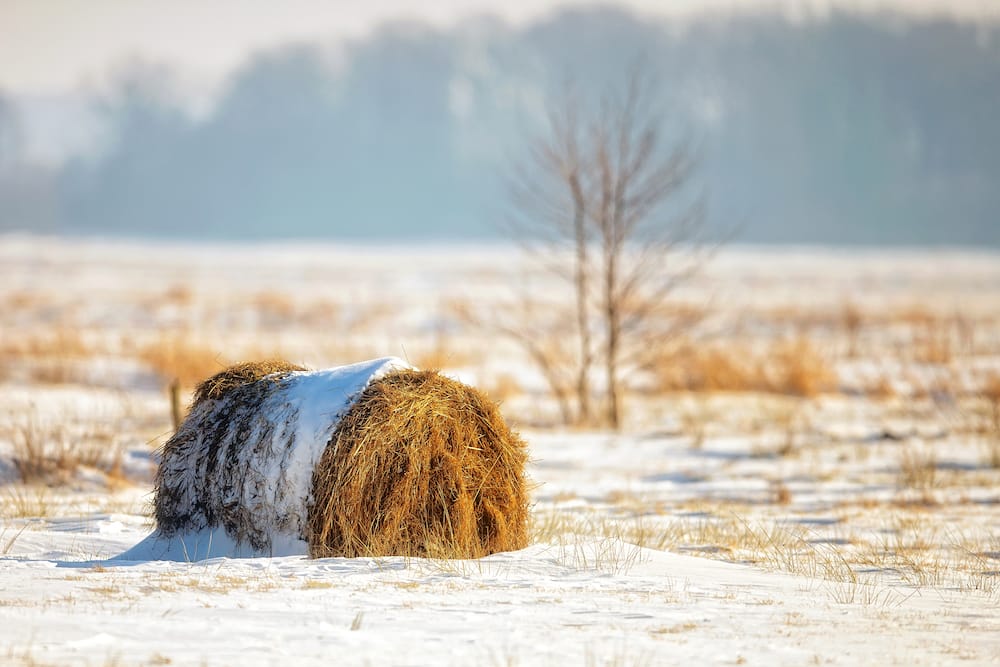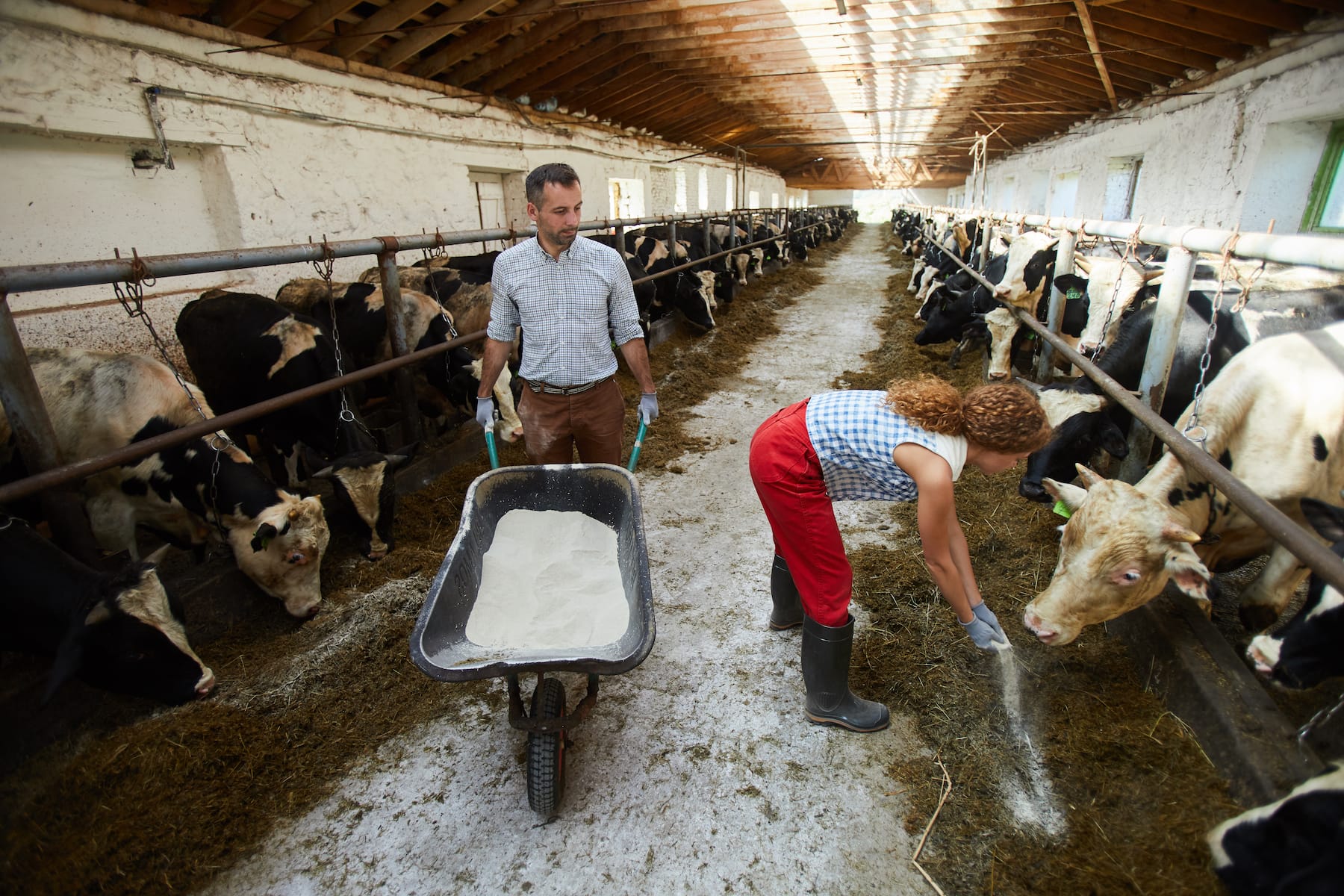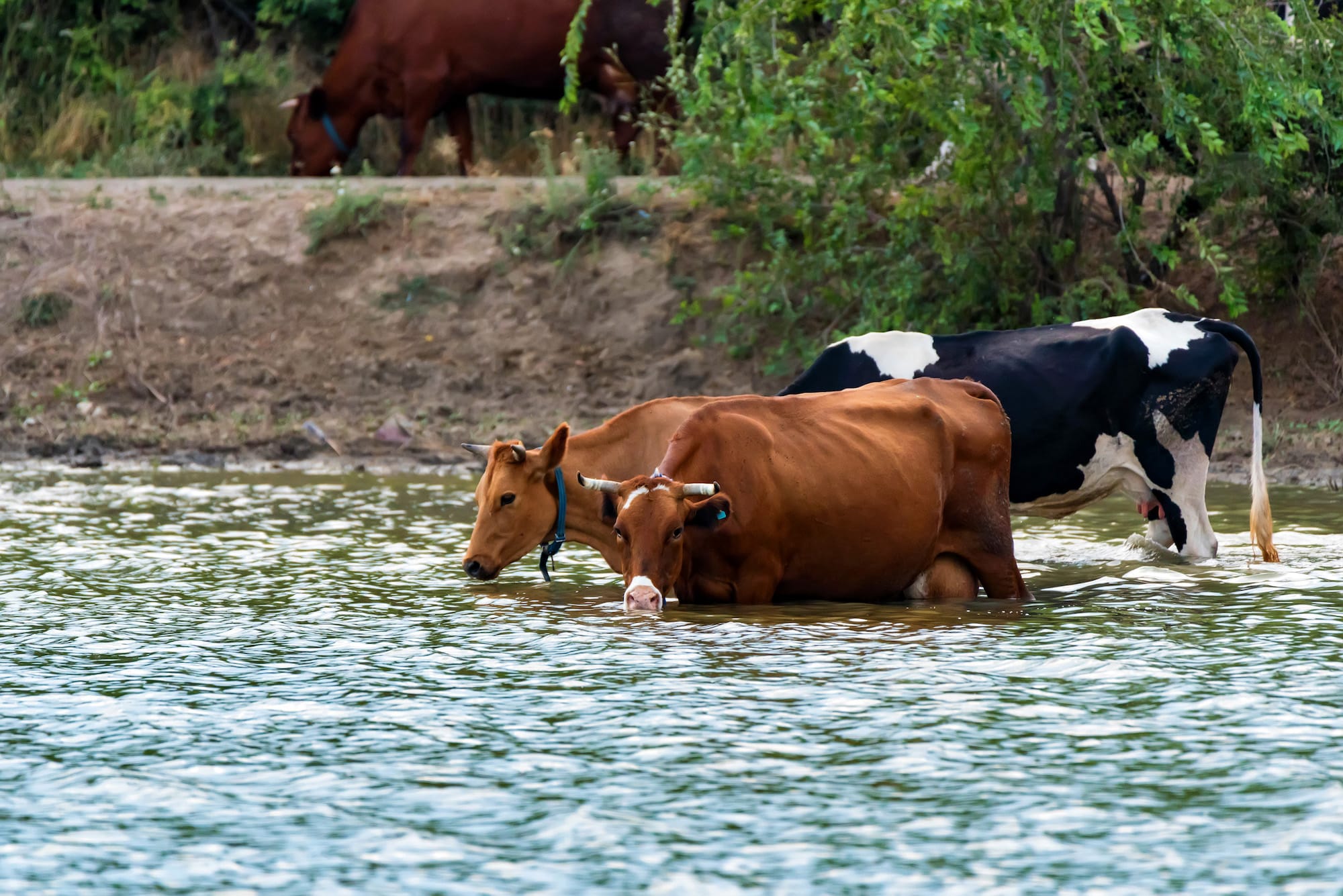Article Summary:
When grazing in winter, it is important to ensure that your pasture is well grazed. Plan your grazing carefully so that you are rotating your pasture properly and not overgrazing any areas. Grazing in winter can be tricky, but with the right preparation, it can be a great way to keep your pasture healthy and your livestock fed. If you're looking for ways to keep your cows healthy and your pasture in good condition during the winter months, then take a look at your grazing management, forage quality, supplementation, water supply, and strategic fencing. Here are five tips to help you get started.
1. Grazing Management
Here are some quick tips to keep your grazing management flowing through the winter.
- Understand the number of days to grow your pasture to full leaf emergence and set your grazing round accordingly. Your pastures will be vegetative throughout winter, and this is the time you can afford to grow pastures to their full leaf emergence without impacting quality.
- Match your livestock growth rate demand with your pastures' growth rate. This will ensure that you maintain optimum pre-grazing pasture cover and post-grazing pasture residuals, ensuring maximum plant recovery and growth rates.
- Prepare standoff ground where cattle can safely loaf and consume fodder when your forages or pastures are too wet. Choose the right grazing area. Avoid areas that are heavily trafficked or that have a lot of standing water, as these can lead to health problems for your cows.
2. Forage Quality
In winter, forage quality deteriorates and plants are less digestible due to lower temperatures. This means that grazing animals need to consume more forage to meet their nutritional needs.
Here are some tips to help ensure your animals are getting enough of the right kind of forage.
- Make sure your pasture is managed properly. Overgrazing can damage grasses, making them less nutritious and more difficult for animals to digest, and this becomes compounded by the plants struggling to grow sufficient amounts of feed, leading to subsequent overgrazing.
- Choose forage plants that are high in quality and digestibility. Some good options include alfalfa, clover, and grasses like tall fescue and orchardgrass.
- Feed your animals fodder and alleviate pressure on your forage system. Hay, silage, or other supplemental feed are great sources for complementing the feeding system.

3. Supplementation
When grazing in winter, it is important to supplement your animal's diet with hay or other forage or supplements. This will help your livestock to maintain their body condition and stay healthy.
Here are a few tips for supplementation.
- Make sure the hay is of good quality and free from mould or other contaminants.
- Keeping your grazing management on point during winter is integral. Otherwise, it's a long and slow path to spring. Not to mention, the spring flush will treat you as well as you treat your pasture during winter.
- Feed hay in small amounts throughout the day rather than large meals. The frequency should be managed to reduce bogging paddocks and balance other resources of labour and machinery.
- Provide a mineral supplement to ensure your animals are getting all the nutrients they need. Sometimes, there just isn't enough nutritional value in fodder such as hay or silage that is used as fill during wet periods, so keeping up a lick or other mode of delivery is essential.
- Choose a supplement that is high in energy and protein to help your livestock maintain their body condition. Check with a ruminant nutritionist to keep the ration balanced with what feed is on offer.
- Monitor your animal's body condition and adjust their diet accordingly. Remember, fat on the back can be money in the bank. Dairy cows with a healthy body condition at calving will drive milk production.

4. Water Supply
If you're grazing in winter, water is key. Make sure you have a plan for how you're going to keep your animals hydrated, whether that means using a stock tank or hauling water to a pasture.
Winter grazing can be tough on animals, so make sure you're giving them the best chance possible by providing them with clean, fresh water.
If you're using temporary fencing, as we'll discuss later in the article, make sure that the temporary front and back fencing can easily work around the drinking points. Planning this is crucial for pasture utilisation.
Try to provide water points in strategic locations that reduce the amount of walking over pastures and laneways that livestock need to take.
This all falls into your fencing and area allocation plans.

5. Strategic Fencing
Grazing in winter can be tricky, but with the right preparation, it can be a great way to keep your pasture healthy and your livestock fed. Fencing or temporary fencing using standards or pigtail posts and nylon wire is a key piece to allocating the appropriate area for your livestock.
Make sure the grazing area is well fenced. Cows can be very destructive when they're grazing, so you'll need to keep them contained. You'll want to make sure that your livestock don't risk breaking out and spoiling the next allocations of feed. This will only set back your grazing plan.
Tips for utilising fencing for winter grazing.
- Make sure your fencing is in good condition and will withstand the winter weather. This includes carrying enough current to deter livestock from pushing the fence over.
- Plan your grazing carefully so that you are rotating your pasture properly and not overgrazing any areas. Use temporary fencing to back fence, allowing your grazed pastures to recover.
- Keep an eye on the weather forecast and graze accordingly, making sure to give your pasture a rest if there is a lot of rain. Pugging and muddying pastures will lead to damaged soils, wasted pastures, and ongoing diminished pasture growth rates.
Whether you're trying to run an intensive grazing system over winter or run a low stocking rate, take note of the tips and run your operation successfully.
Until we meet again, Happy Winter Grazing!
- The Dedicated Team of Pasture.io, 2022-06-29